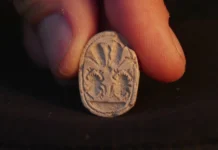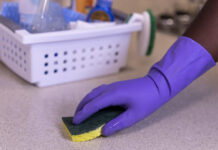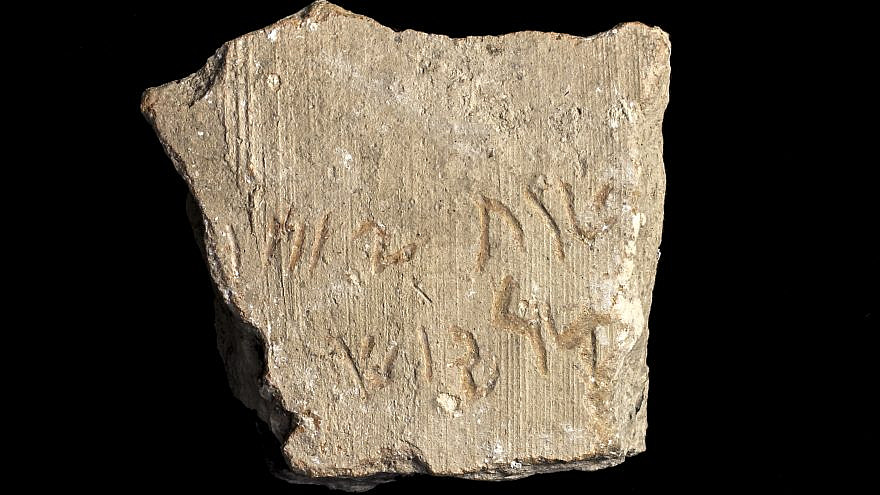A hiker in southern Israel recently stumbled upon a rare inscription bearing the name of the Persian king widely believed to be the father of King Ahasuerus, the Israel Antiquities Authority announced on Wednesday.
The 2,500 year-old potsherd was found in December by visitors at Tel Lachish National Park, and bears the name of King Darius the Great, the father of King Ahasuerus, the Achasverosh of the biblical Book of Esther, the state-run archaeological body said.
The rare ostracon, or inscribed sherd, may be a note acknowledging the dispatching or receipt of goods, and is evidence for the Persian royal administration at Lachish in the Achaemenid period, at the turn of the fifth century BCE, the Antiquities Authority said.
The Aramaic inscription reads “Year 24 of Darius,” dating it to 498 BCE. The short text thus records the name of the Persian king Darius I, the father of Ahasuerus.
“When I picked up the ostracon and saw the inscription, my hands shook,” said Eylon Levy, international media adviser to President Isaac Herzog, who discovered the artifact. “I looked left and right for the cameras, because I was sure someone was playing an elaborate prank on me.”
The site of the find, the ancient city of Lachish, was a prosperous city and a major administrative hub 2,500 years ago.

The British Archaeological Expedition that carried out excavations at Tel Lachish in the 1930s uncovered an elaborate administrative building from the Persian period, built on top of the podium of the destroyed palace-fort of the Judean kings, according to Saar Ganor of the IAA and Haggai Misgav of the Hebrew University of Jerusalem.
The Persian-era residence extended over a large area and comprised elaborate halls and courtyards, with a majestic columned portico entrance in Persian style. Today, only the pillar bases remain in place on the mound, as the British expedition dismantled the remains of the elaborate Persian building in order to excavate the underlying Judean palace, the researchers said.
“It’s amazing that visitors to the site come across such a rare inscription ‘reviving’ the Persian King Darius known to us from the sources!” said IAA director Eli Escuzido. “His son King Ahasuerus, who ruled ‘from India to Cush,’ could never have imagined that we would find evidence of his father in Israel 2,500 years after the dramatic events in his royal court!”


























